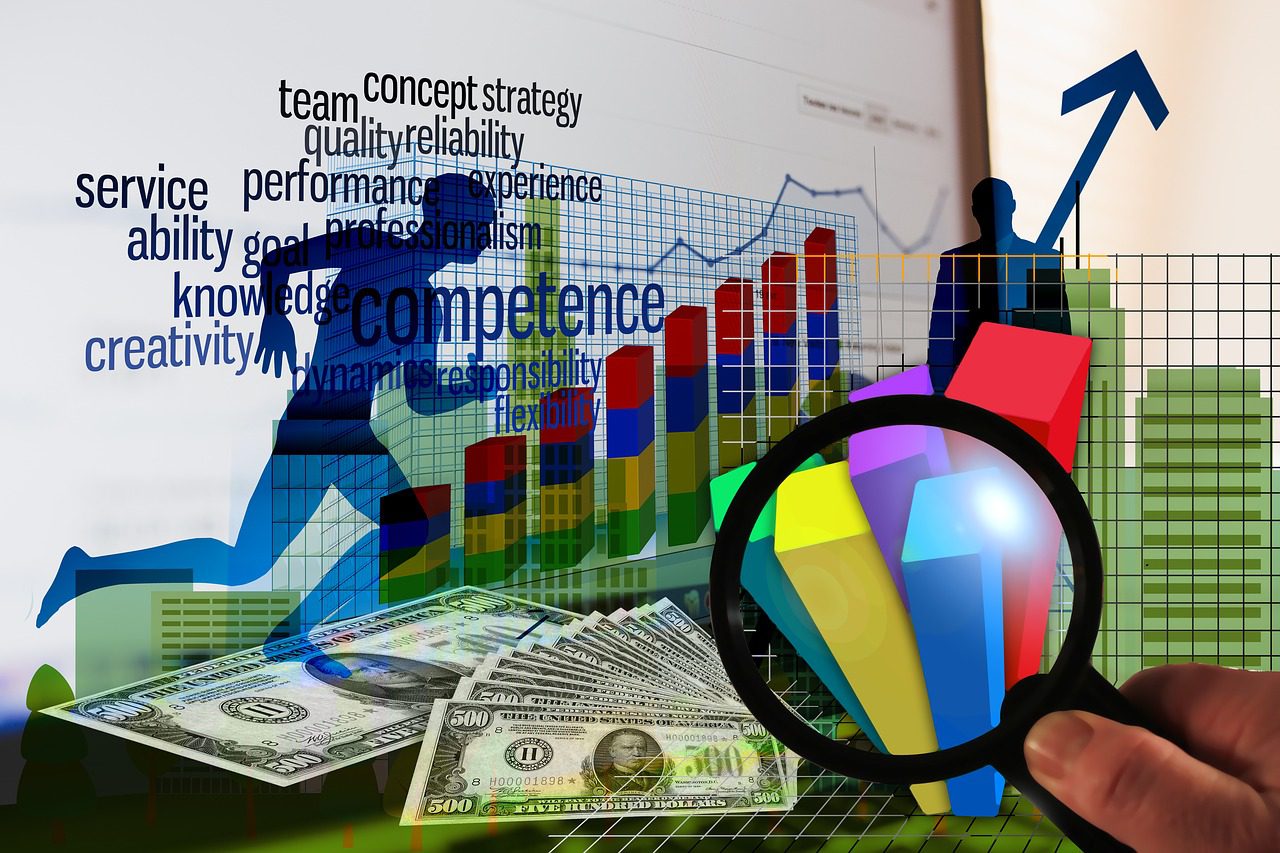Ever wondered why some e-commerce sites leave you with a certain emotional itch? Making you gravitate towards certain products and adding them to your cart? It’s not sorcery—it’s all about the psychology of color choices. Let’s dive in!
Color: More Than Meets the Eye
Research shows color can be much more than an aesthetic choice—it can inspire specific emotions, perceptions, and actions. Colorful visuals are registered by the brain before any textual or positional cues, becoming an emotional primer for our cognitive processing. Amazing, right?
Why is color psychology crucial in e-commerce?
Color has the power to encourage—or discourage—the Amazonian pilgrimage from your homepage to the checkout. Sublime color choices can compel a customer to action, significantly impacting your e-commerce business. This begs the question:
What Are the Predominant Retail Color Choices?
While different colors spark different emotions, there are a few that have proven to be retail favorites:
- Red: Urgency, excitement, and passion (Usually used for promoting sales)
- Blue: Trust, security, and stability (Favored by banks and corporates)
- Yellow: Joy, optimism, and warmth (Great for window shoppers)
- Green: Harmony, growth, and eco-friendliness (Ideal for outdoor and eco-products)
What colors should I avoid for my e-commerce website?
While no single color guarantees disaster, deciding based solely on personal preference is akin to walking through a minefield. Remember, your site, your brand, and your product should all boast a harmonious color palette!
The Art of Color Coordination in E-Commerce
Have you ever purchased something just because “it looked nice”? That’s the power of appealing color coordination. A visually pleasing product page can subtly influence potential buyers, leading them on a charm offensive towards the buying decision.
The Speedbumps on the Color Highway
While color psychology is a powerful tool, it’s not a one-size-fits-all solution. People’s reactions to colors can be influenced by factors like culture, personal experiences, and context. So, let’s consider these with a grain of pigment!
Is the Intersection of Color and Trust a Rainbow?
Frequently, the aim is to create a sense of trust in the potential buyer— and color plays a considerable role. The usage of certain colors can influence the perception of trustworthiness. Isn’t that fascinating?
Transforming Color Psychology into a Buying Propensity
By understanding and applying the principles of color psychology, we can maximize e-commerce potential. There’s no fixed rule, but integrating color theory with a user-friendly design and a well-thought-out color palette could be your winning formula.
Can I change my website’s color randomly?
While it’s enticing to keep changing your UI, remember that consistency is key. Drastic changes can confuse your customers and harm your branding, so make sure your colors remain consistent with your brand’s character.
Does Color Really Influence Online Buying Behavior?
In the divergent world of e-commerce, color can make or break the buying decision. Next time you find yourself lost in the whirlwind of an online shopping spree, don’t just think about what you’re buying but “Why that color?”
The Color of Your Questions
Aren’t these revelations about color psychology in e-commerce fascinating? The power of color on our purchasing behavior is intriguing, isn’t it? Is there a “right” color? Well, the inference is clear: the more you know about your customer, the more your chances of clinching a sale with the right color!

